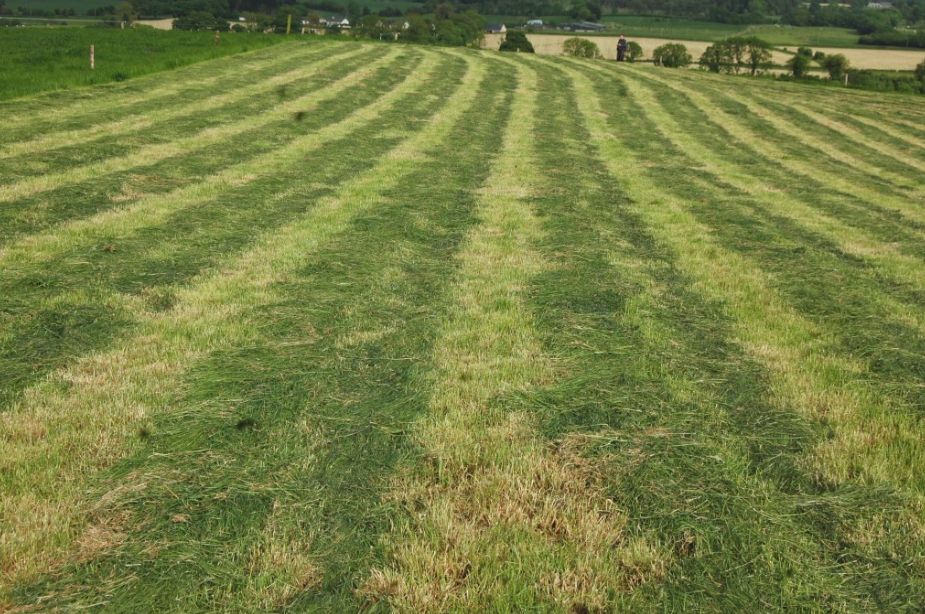At this stage of the season, keeping good-quality grass in front of cows can be an issue – as grass enters the reproductive phase.
The mixture of rain and heat over the last few weeks has seen grass growth rates exceed demand on many farms and this has led to problems for farmers, in terms of maintaining quality grass.
Farmers, over the past few weeks, have reported that cows aren’t cleaning out paddocks as much as they would like them too and this has opened up the debate on how to deal with these poor cleanouts effectively.
Some would ask the question: Should these paddocks have been taken out as surplus bales instead of being grazed?
However, topping has its pros and cons, similar to pre-mowing which is not as popular on farms to deal with heavy covers of grass that are not suitable to graze and there are a number of reasons for that.
In terms of pre-mowing, even though it improves the quality of the grass in the subsequent rotation – through eliminating stemmy grass from the paddock – it has many disadvantages.
Some of these include:
- Increased workload on the farm (time spent on the tractor and mower);
- Increased costs (diesel, wear and tear on the tractor);
- Poorer grass quality when pre-grazing yields are too high;
- Fewer surplus bales.
What does the research say?
Research conducted by DairyNZ in New Zealand showed that paddocks which were pre-mown had both reduced pasture density and pasture grown when compared to a paddock that was grazed.
Also, the pre-mown paddocks were also associated with less silage compared to the grazed treatment. This resulted in a greater requirement for imported feed.
The study also showed no animal performance benefit from the pre-mown treatment versus the grazed treatment.
Furthermore, pre-mowing paddocks will only exasperate the problem. If you continue to pre-mow you will continue to enter paddocks with a higher than target pre-grazing cover, which will mean the cows won’t graze out paddocks as much as you would like.
In truth, the best way of dealing with strong covers is too take them out of the rotation and make bales. This will give you a better chance of getting those paddocks back to a pre-grazing cover of between 1,300kg DM/ha and 1,400kg DM/ha.

